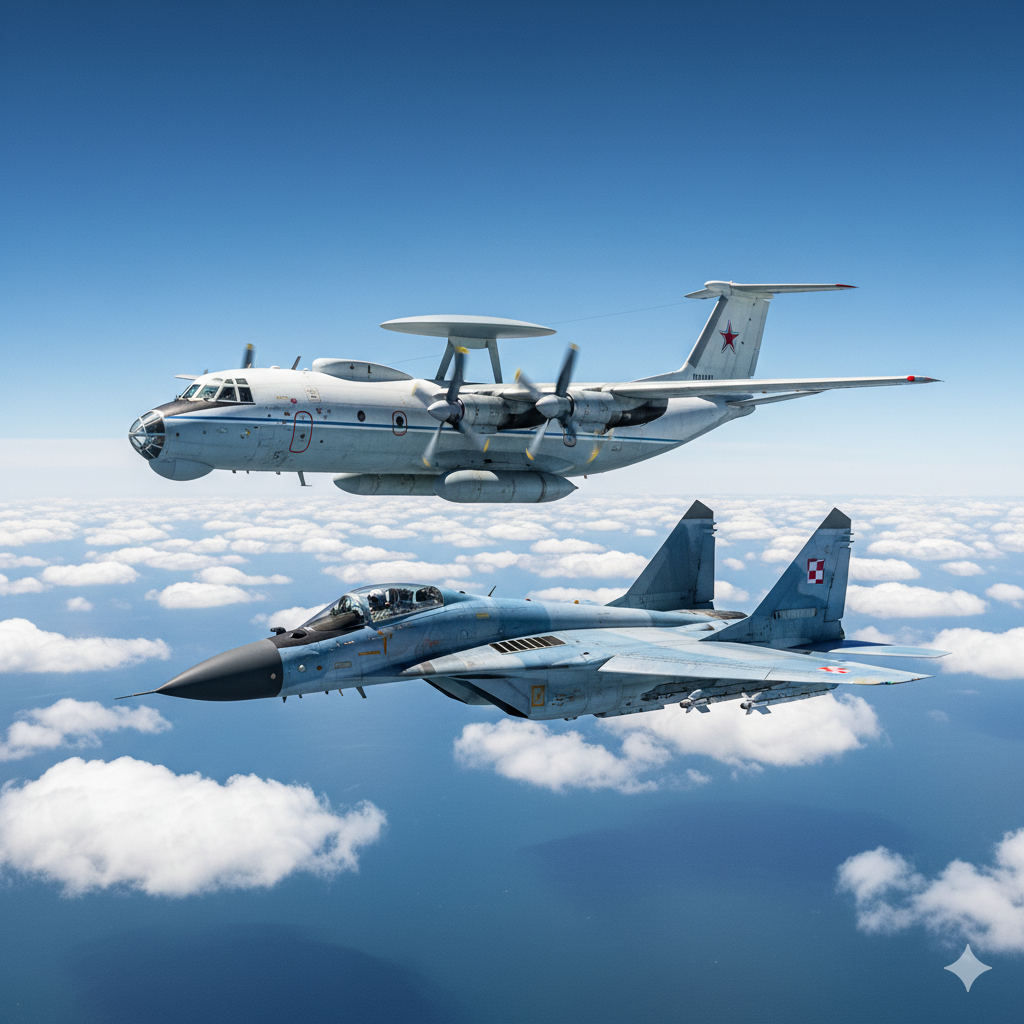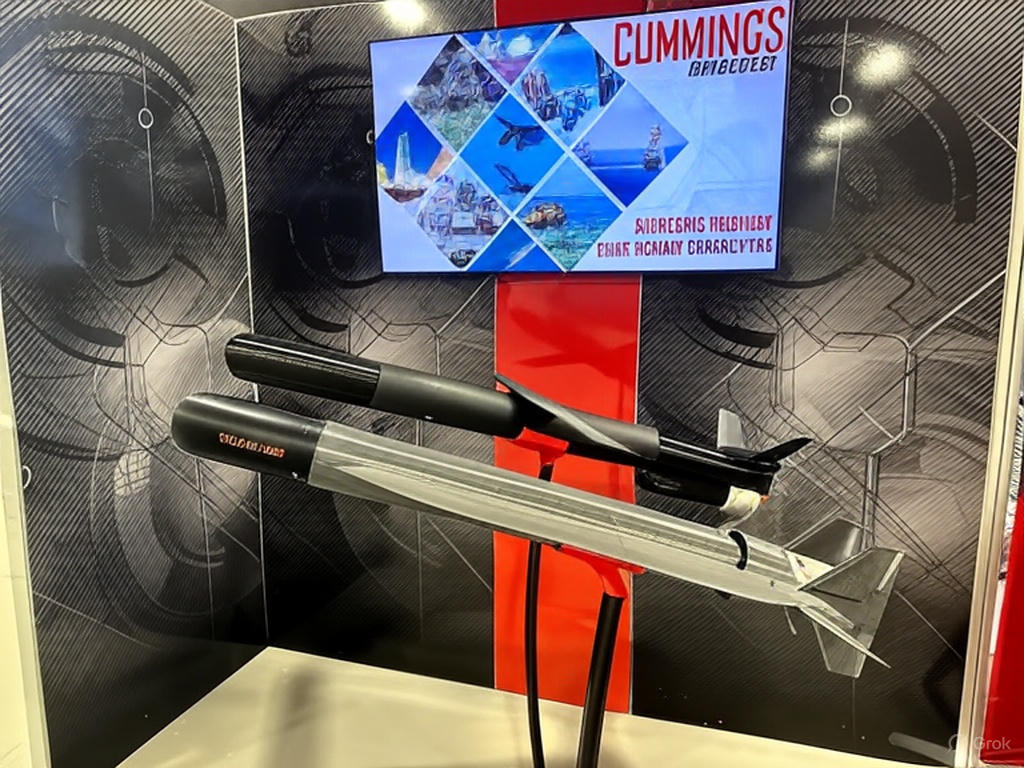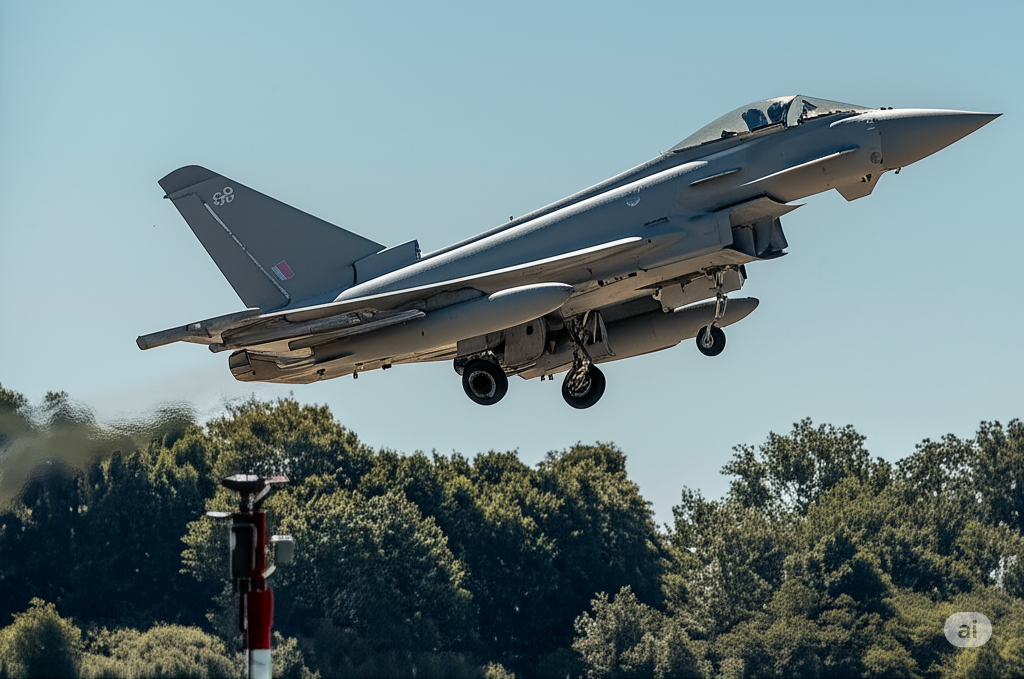The global landscape of air power is constantly evolving, with nations striving to develop cutting-edge aircraft that push the boundaries of speed, stealth, and combat effectiveness. In this relentless pursuit, China has emerged as a significant player, recently unveiling advancements that promise to reshape the future of aerial warfare. The spotlight is now firmly on two remarkable aircraft: the J-20, a formidable 5th-generation stealth fighter that has already established its prowess, and the highly anticipated 6th-generation J-36, poised to usher in an entirely new era of air superiority.
The J-20: A Force to Be Reckoned With
China’s J-20 “Mighty Dragon” has been a topic of intense discussion and analysis since its initial public appearance. As a 5th-generation stealth fighter, it was designed to directly compete with and, in some aspects, even surpass its contemporaries like the American F-22 Raptor and F-35 Lightning II. The J-20’s design emphasizes stealth, achieved through its distinctive canards, ventral fins, and carefully sculpted fuselage, which collectively minimize its radar cross-section. This stealth capability grants it a significant advantage in evading enemy detection and engaging targets with surprise.
Beyond its stealth features, the J-20 is equipped with advanced avionics, including a sophisticated active electronically scanned array (AESA) radar, integrated electronic warfare systems, and a comprehensive sensor fusion capability. These technologies provide its pilots with unparalleled situational awareness, allowing them to detect, track, and engage multiple threats simultaneously. Its internal weapons bays contribute to its stealth profile while carrying a substantial payload of air-to-air missiles, ensuring its effectiveness in beyond-visual-range engagements.
The operational deployment of the J-20 has demonstrated China’s growing technical sophistication and its commitment to building a modern, powerful air force. It represents a significant leap from previous generations of Chinese fighter aircraft, showcasing the nation’s ability to develop and field indigenous advanced military hardware. The J-20 is not merely a fighter jet; it’s a statement of intent, signaling China’s ambition to be a leading force in global air power.
The Dawn of the 6th Generation: Introducing the J-36
While the J-20 continues to mature and integrate into China’s air force, the announcement of the 6th-generation J-36 has sent ripples throughout the defense community. The leap from 5th to 6th generation is not just an incremental improvement; it signifies a revolutionary shift in aircraft design, capabilities, and operational philosophy. While specific details about the J-36 remain under wraps, industry experts and military analysts are speculating on the features that will define this next-generation marvel.
The core tenets of 6th-generation aircraft are expected to include even greater levels of stealth, potentially incorporating adaptive camouflage and advanced counter-detection technologies that could make them virtually invisible to current radar systems. Enhanced speed and maneuverability, perhaps even exceeding Mach 5, are also anticipated, allowing these aircraft to rapidly close distances or escape threats.
One of the most significant advancements expected in the J-36, and 6th-generation fighters in general, is a much higher degree of artificial intelligence (AI) integration. This AI would not only assist pilots in decision-making and target acquisition but could also enable autonomous flight and combat operations, potentially leading to manned-unmanned teaming (MUM-T) scenarios. Imagine a J-36 leading a swarm of unmanned combat aerial vehicles (UCAVs), acting as a command and control hub while the drones perform reconnaissance, electronic warfare, or even strike missions.
Furthermore, advanced sensor suites capable of multi-spectral sensing, directed energy weapons (lasers), and even more sophisticated data links for seamless communication and information sharing are all on the horizon for 6th-generation platforms. The J-36 is likely to embody these cutting-edge technologies, positioning China at the forefront of aerial combat innovation.
A New Era of Air Superiority
The combined strength of the J-20 and the impending J-36 signifies a new era for China’s air force and its aspirations for air superiority. The J-20 provides a robust and stealthy platform for current operational needs, while the J-36 represents a bold leap into the future, anticipating and shaping the challenges of tomorrow’s battlefields.
This dual-pronged approach, leveraging both current advanced capabilities and future revolutionary technologies, demonstrates a clear strategy by China to establish and maintain a decisive advantage in the skies. The implications for global power dynamics are significant. As these advanced aircraft become more prevalent, they will inevitably influence military doctrines, defense spending, and international alliances.
The development and deployment of aircraft like the J-20 and J-36 are not merely about technological prowess; they are about projecting power, securing national interests, and deterring potential adversaries. The skies above us are becoming increasingly sophisticated, and nations that can master the technology of air superiority will undoubtedly hold a powerful hand in the geopolitical landscape.




